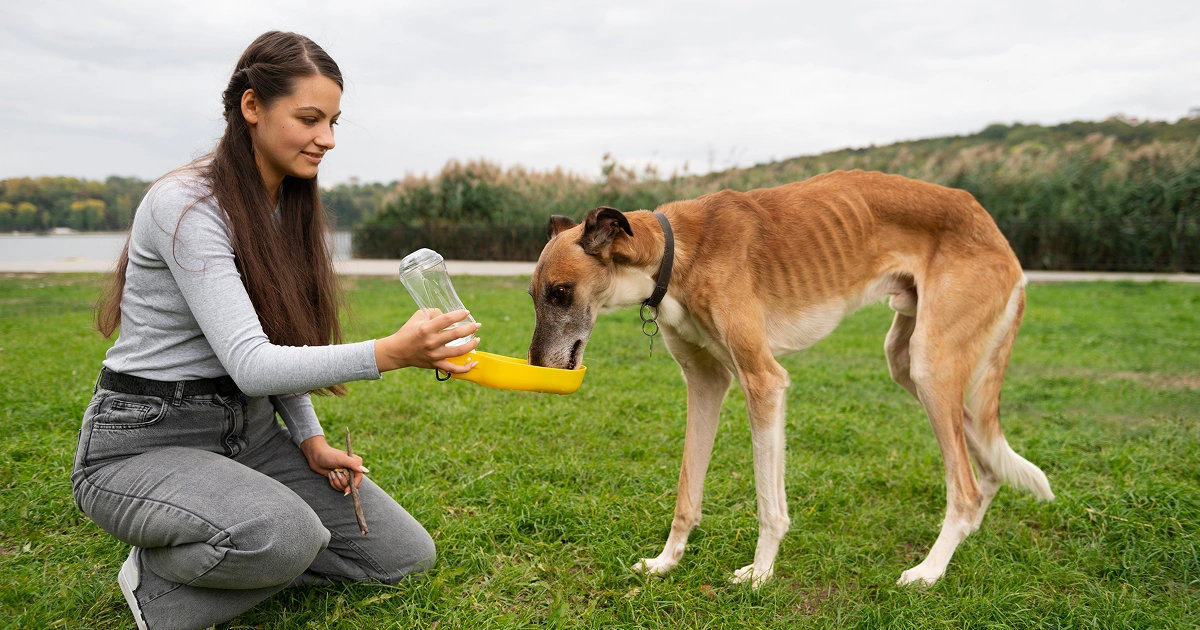
You have likely heard of Lyme disease in humans, but did you know that it can affect dogs as well? Lyme disease occurs when a person or dog is bitten by a tick that is carrying the Borrelia burgdorferi bacterium. Although it is more common across New England, the northern Mid-Atlantic, and the upper Midwest, cases do occur in the Southeast as well. It is important for pet owners to be aware of risk factors and symptoms of Lyme disease to protect their dogs.
Symptoms of Lyme Disease in Dogs
Whereas humans tend to develop the recognizable bulls-eye rash following a tick bite, dogs often do not. Their symptoms may be harder to identify at first unless you know what you are looking for. Common symptoms include:
- Fever
- Lethargy
- Joint swelling or stiffness
- Loss of appetite
Your dog may appear to limp on one leg or the other, and it can shift sides. It may seem to get better and then worsen. They may seem out of sorts and not their usual energetic self. If you notice these symptoms, you should contact your veterinarian immediately.
Treating Lyme Disease

The veterinarian will ask questions about your dog’s symptoms and do a physical exam to help determine if they may have Lyme disease. They may also order a blood test to check for specific antibodies that form after exposure to the Borrelia burgdorferi bacterium as well as any potential infection. Since the disease is caused by bacteria and not a virus, it can often be treated with a course of antibiotics. This can help alleviate symptoms.
Fortunately, Lyme disease cannot be passed from dogs to humans and vice versa. It also cannot be passed to other animals in your home. It can only be spread by an infected tick. You should use caution in removing any ticks from your dog.
Preventing Lyme Disease
There are several ways that you can help prevent your dog from developing Lyme disease:
- Keep grass and shrubs trimmed so that ticks cannot transfer as easily to your pet’s fur. Ticks do not jump; they attach to skin, fur, or clothing when they are brushed up against.
- Administer flea and tick prevention such as medication that is applied topically or a collar that is worn. This can help to kill ticks before they can spread infection.
- Check your dog for ticks whenever you come inside. Search carefully around their ears, eyes, and mouth, on their feet, between their toes, around their tail, and in the creases of joints or under folds of skin.
- Keep your dog’s fur trimmed and well-managed with regular grooming so you can more easily see any ticks.
Lake Wylie Pet Resort offers grooming services to keep your pet clean and looking their best, especially as the weather warms up and you spend more time outdoors. Schedule an appointment today or include it as part of your dog’s stay when they are boarded. You can rest assured that they are safe and in good hands while you are away.


